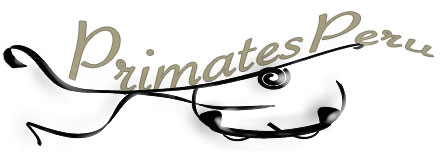Understanding Aperture – camera fundamentals
As humans we are hardwired to look into the eyes of animals and it tends to be the first thing we notice in them. For that reason having an animals eye in focus is critical. But we generally don’t have this restriction when viewing other objects. Points of interest vary and can be subjective. This is where your skill as a photographer and artist come into play. Here are 3 identical shots of a mound cactus at different apertures: f/3, f/11, f/22 – all with the focus point being the stamens of the larger open flower in the bottom right quarter of the photo. You can see a big difference between f/3 (very shallow DoF) and f/11. The f/22 shot is not as dramatic but has more in focus still. Since I am no longer ‘restricted’ to keeping my focus point on an animal’s eye I could have endlessly played around with this just by changing f-stops and focus points.
So now I am playing with aperture settings to control how much of the flowers are sharp but I am also playing with which flower to focus on.
Something to keep in mind regarding DoF: DoF is not a sharp block of focus. Generally, your focus POINT is the sharpest object in the frame. The image gets progressively blurrier as you go behind and in front of your focus point. The term DoF is objective as it implies an area (depth) of ‘acceptable’ focus. Also, the blurriness does not equal front and back. Say you are focused on a point 1m away. And say that your DoF at a given aperture is about 15cm. Your DoF extends more behind your focus point than in front (remember how the closer you are to your subject the shallower the DoF?). So in this hypothetical your focus point is 1m away and the area of acceptable focus might extend 10cm behind your subject but only 5cm in front of it. This is important when deciding on focus points.
A wallace daisy shot at f/3.8 with the front flower being the focus point.
These are TINY flowers and I’m laying down just centimeters from them, shooting with a 105mm lens. So no matter what I am going to have a shallow DoF. The difference between the 2 shots is my focus point. With one I am focusing on the leading (front) flower and with the second I am picking a middle flower to focus on. Again, there is no right answer and which image is best is a matter of taste, opinion, and goal of the photographer. This is the artistic license part. I could critique other elements of these pictures but for now I’m sticking with just aperture and focus issues.You the photographer are controlling what your viewer sees and how they see it. Starting to make sense?







2 comments
Hi Tim,
I can’t get enough of your work. In fact I have been staring at it at work for far too long. I just read your aperture article and have a question about flash. I’ve been using the 105mm Nikon macro lens and am having trouble with DOF, i.e. not enough of the subject is in focus. Does flash have an effect or am I probably too close and need to back off a little? Thank you
Lyle, flash won’t effect DoF. The distance to subject (more magnification – closer is less DoF) and aperture size (smaller aperture [bigger f/#] the greater the DoF). I suggest putting your Nikon in Aperture priority (A) mode. Then selecting an aperture to get your desired effect. Start with f/11 then go smaller (f/16, f/22) and see what results you get. The flash will give you more light which allows you to shoot those small apertures. Nikon’s CLS (advanced flash lighting meter system) will compensate the power of the flash to give you a shutter speed fast enough to freeze the subject. It gets more technical from here but this is a start.